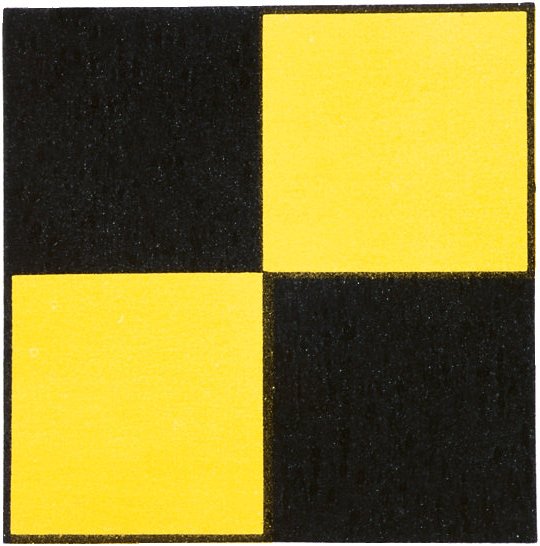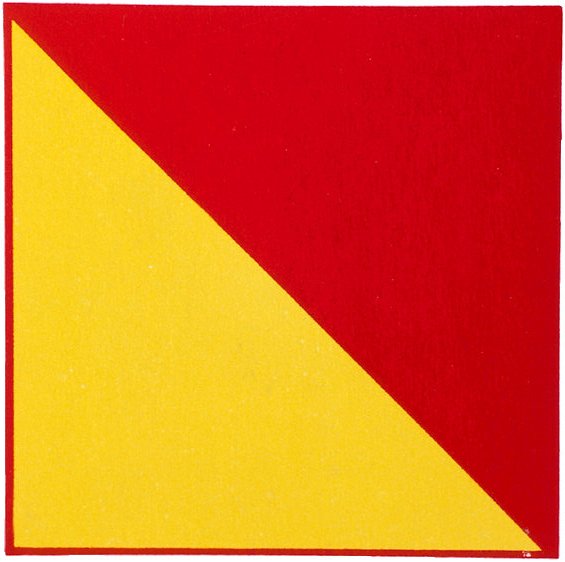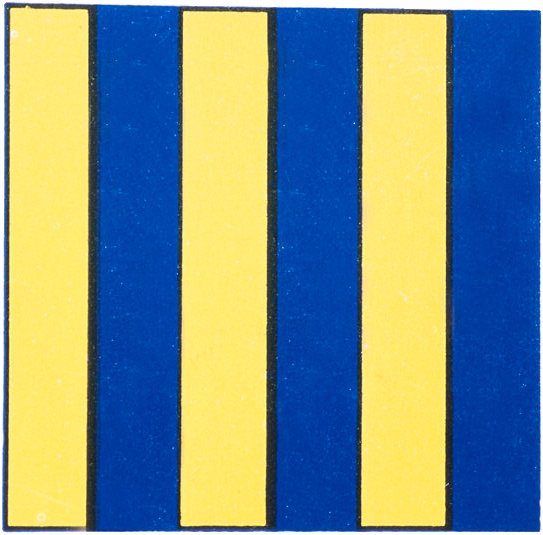Fly Rod Grip Repairs
by Captain Jim Barr on 02/27/18

Fly Rod Grip Repairs
By Captain Jim Barr- 2/11/18
Following years of aggressive casting and exposure of your fly and spinning rods to the ravaging effects of sun, rain, salt spray, scrapes, drops- etc, the cork grip of your favorite rod is generally the first to show aging and even what may appear at first to be irreplaceable damage. Before you think about replacing those rods outright, or having the grip replaced which is rather labor and craft intensive process and which may take that rod out of service for longer than you'd like, there is another alternative, restoring the grip.
Typically what happens to a cork grip over time is that the cork gets “slimed” from oil on the angler’s hand, slime from fish, sometimes mold if the rod is not completely dried before returning it to it’s protective sleeve and case. In these cases, simply put the rod in bright sun for a day to completely dry the grip. Then with fine grit sandpaper or emery cloth gently sand the grip from top to bottom, evenly rotating it so that you remove the same amount of surface dirt and cork material from all sides. If the cork is mostly free from divots and checks where the cork has degraded or filler material has been knocked out or worn thin, this gentle sanding process will lighten the cork and basically restore it to an acceptable state.
In other cases after you have sanded the cork in order to do a closer evaluation of it’s condition, you may find cavities in varying sizes where the cork surface has lost chunks of material. You can very easily and quickly restore the grip with a few materials and 30 minutes of labor.
Material list:
1. Elmer’s Carpenter’s Wood glue
2. A wine bottle cork (real cork, not the synthetic material variety)
3. A “fine” steel file (wire brush it first to remove any metal filings in the grooves and then degrease it so it’s clean)
4. A popsicle stick or a cheap plastic knife (readily available at most fast foot joints)
5. Fine sandpaper with open grit
Process:
1. Lightly sand the cork grip to remove surface gunk and make sure the grip is perfectly dry
2. Use a needle, bodkin or paper clip to remove any loose cork material inside and adjacent the gaps and checks in the grip.
3. Create an adequate supply of “cork dust” by filing the wine cork. Save the cork dust into a small container like a 35 mm plastic film can (that show’s you my age), or a tiny jar, to keep it dry.
4. Squeeze an appropriate amount of Elmer’s Wood Glue onto a sheet of wax paper, tin foil or cardboard.
5. Sprinkle the cork dust into the pool of glue and thoroughly mix it so it has an even consistency. Too much dust will make too thick a paste, too little and the glue will be runny. Experiment by adding more glue and more dust until you get a nice slurry of material that you can pick up with the popsicle stick or plastic knife.
6. Push the cork/glue slurry into each of the cracks, checks, holes etc until you have filled all of them. Squeegee these imperfections carefully to remove extra material.
7. Set the rod aside to dry for the day.
8. Once the material is thoroughly dry, very gently sand the entire cork grip with your fine sand paper and/or emery cloth.
9. Voila… a nicely restored grip






